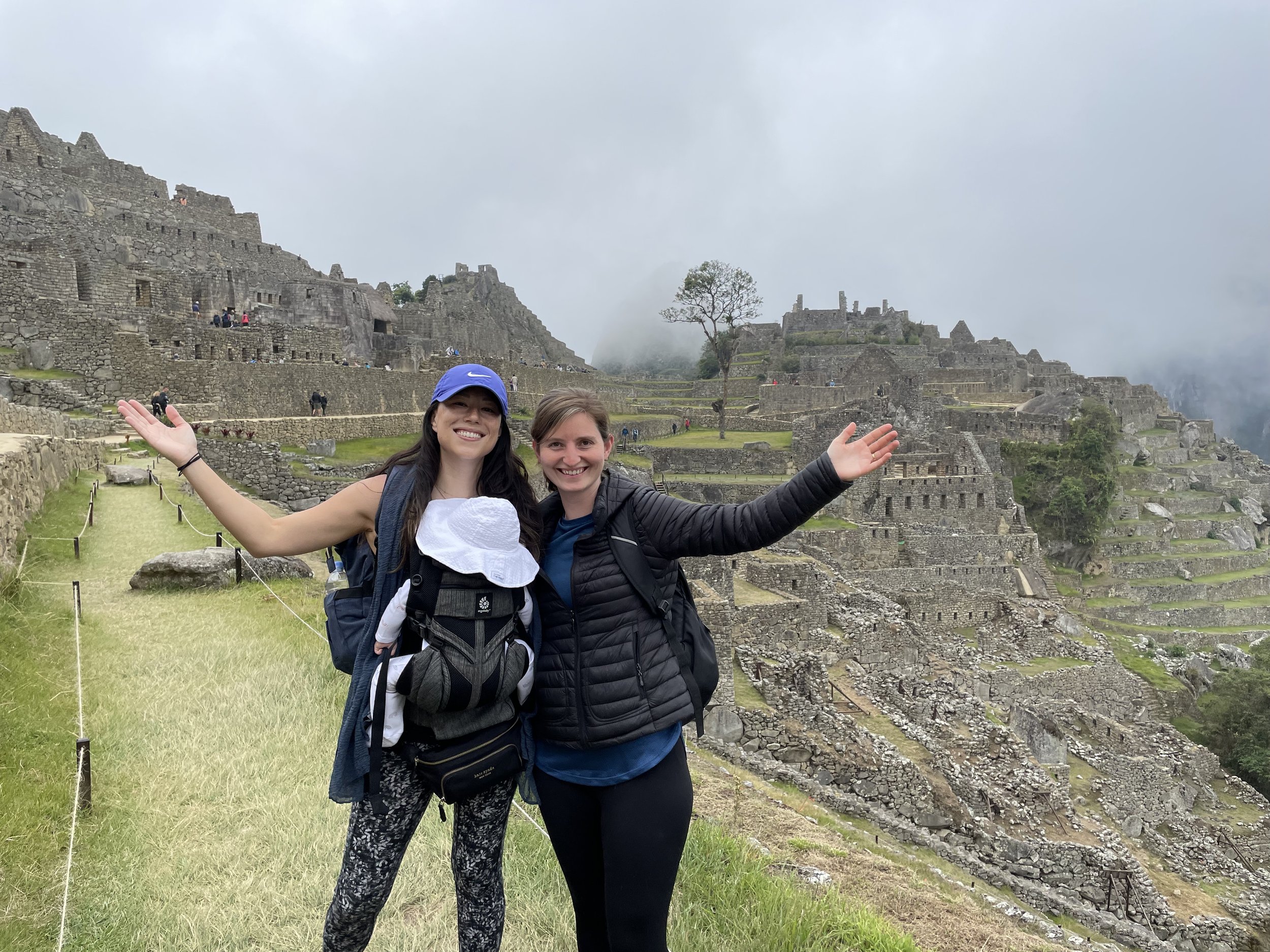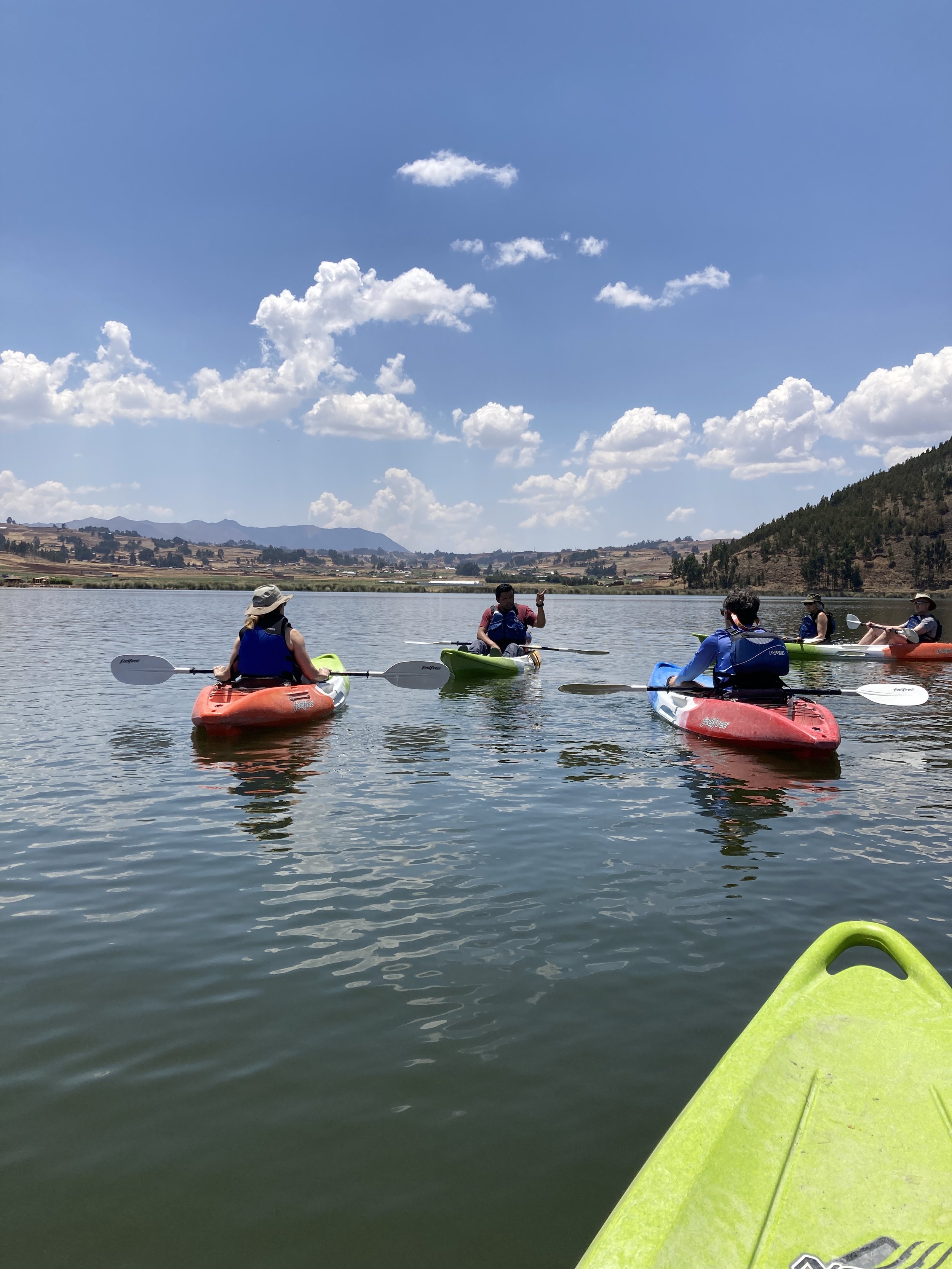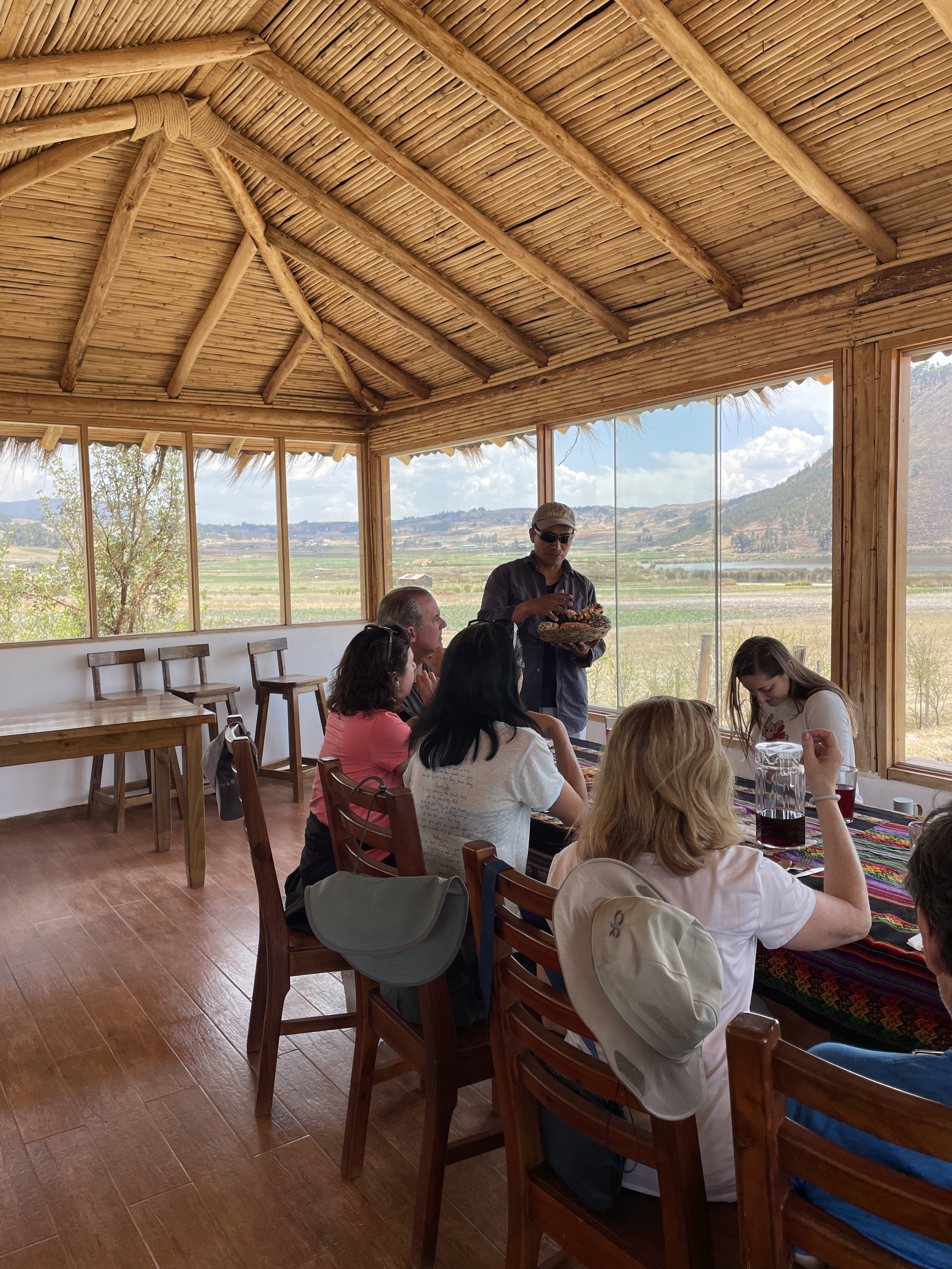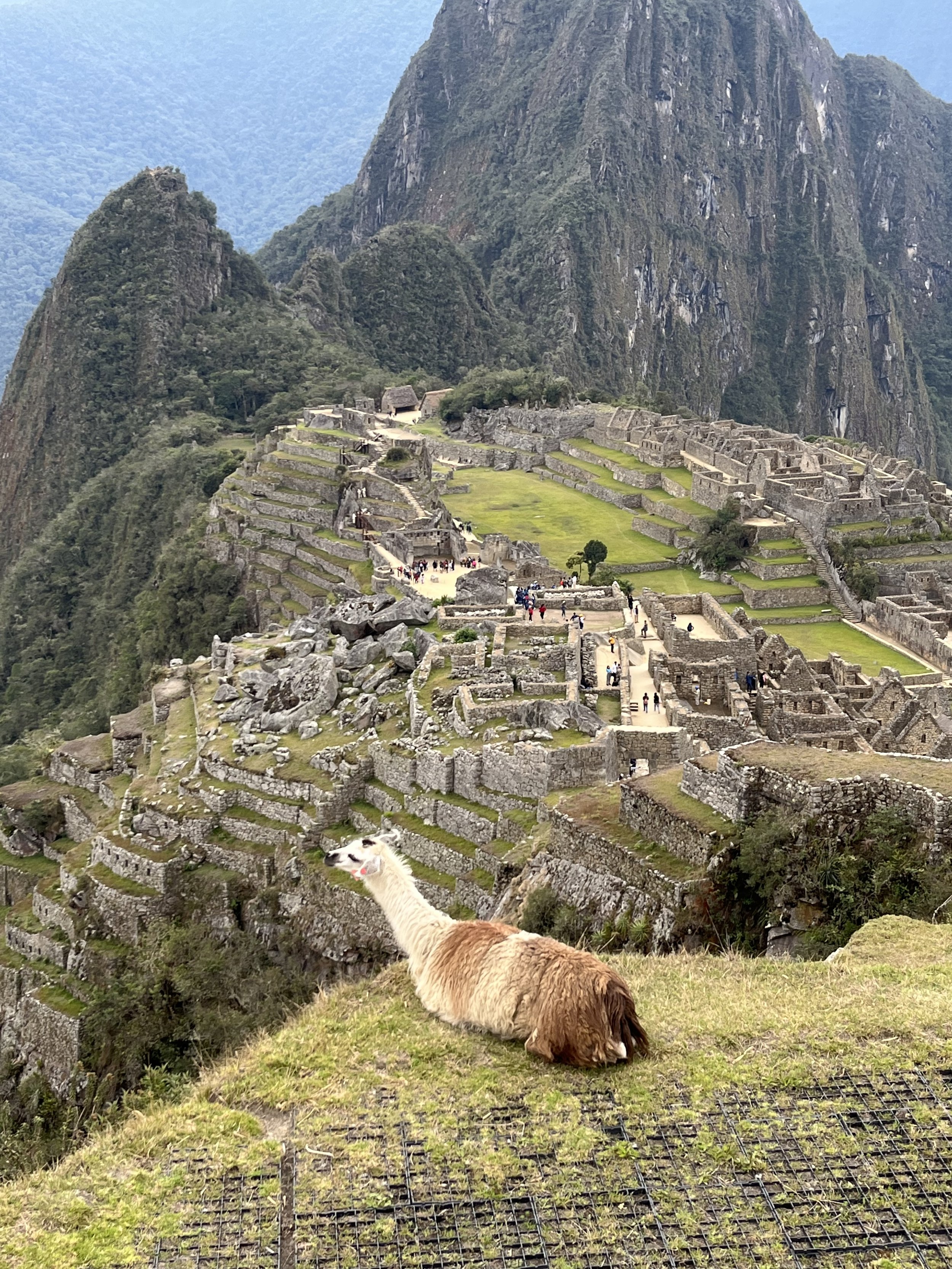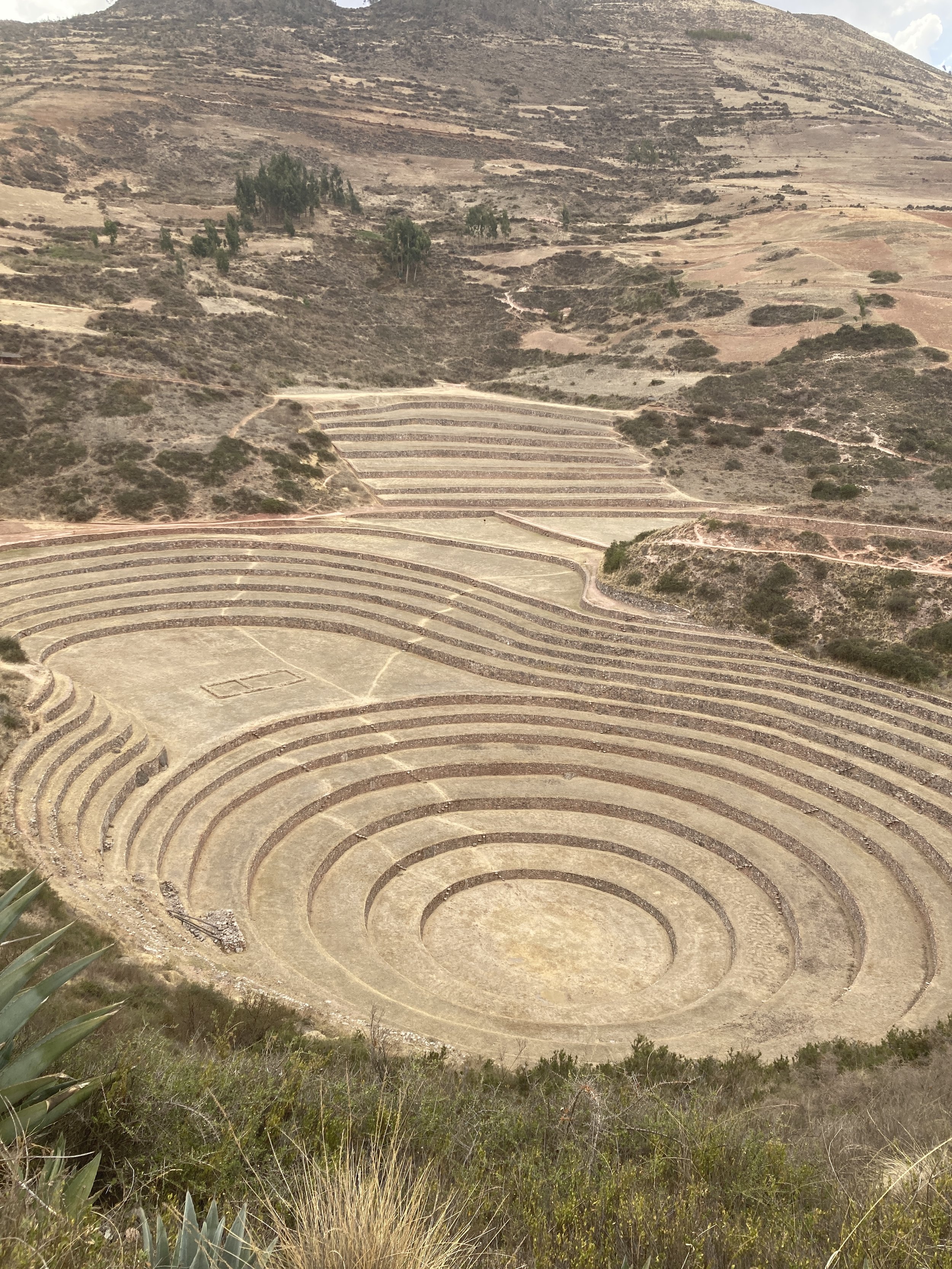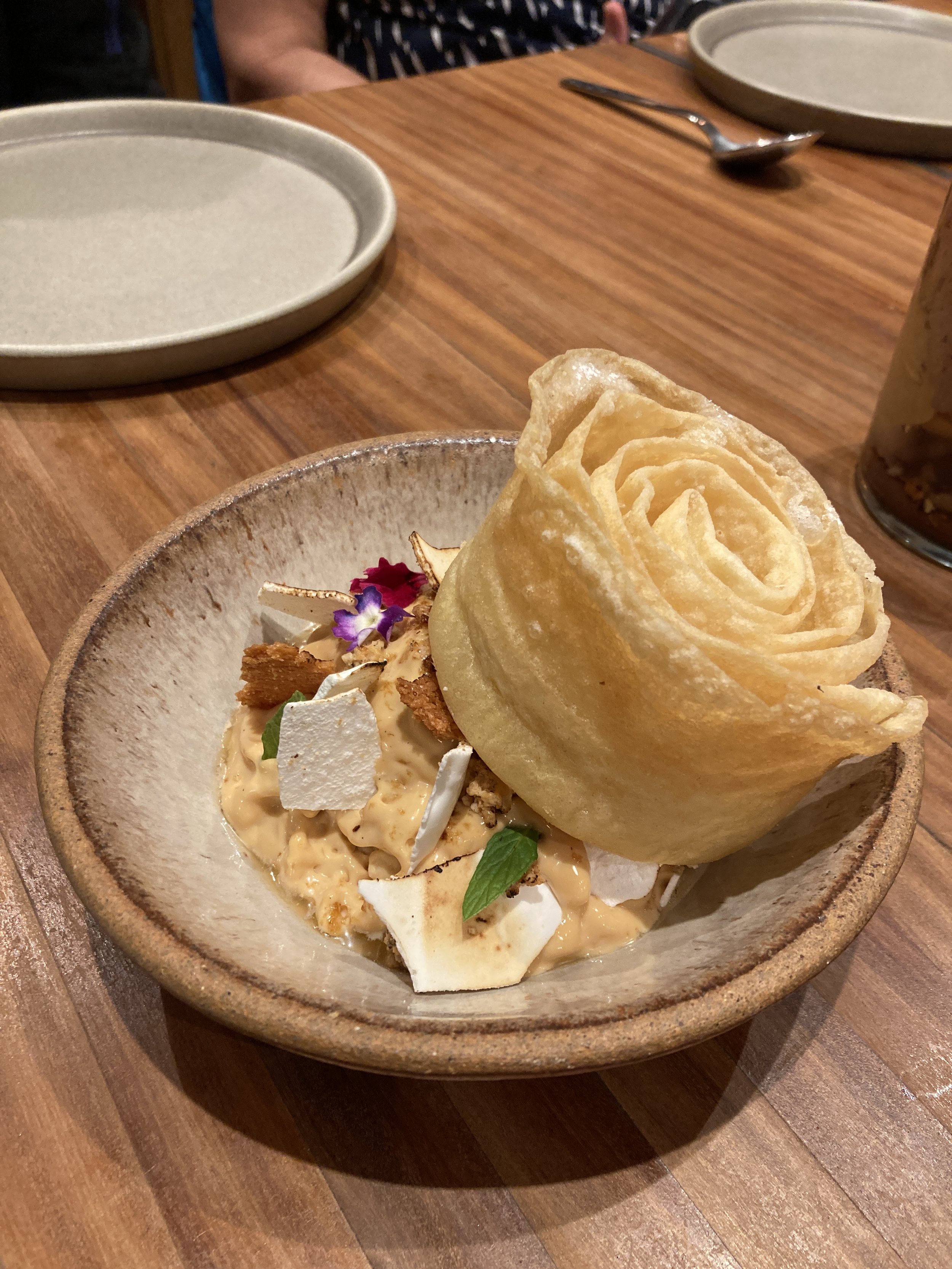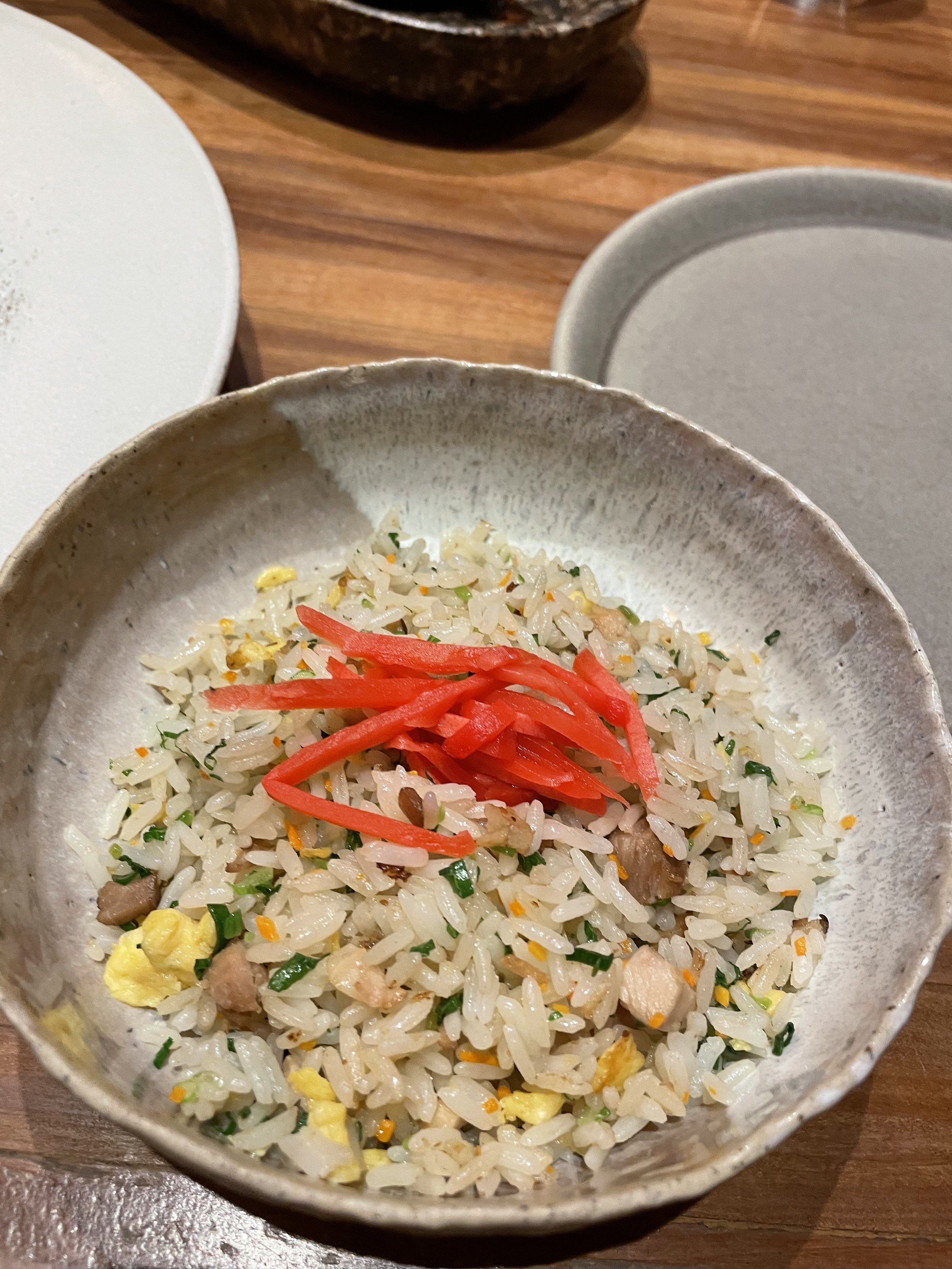9 Day Itinerary to Peru
/No one can change my mind about this: we have created the perfect day-to-day itinerary for a 9-day trip to Peru. And the best part is we’re sharing it with you! This itinerary has been created and refined over the course of many years and covers a wide variety of cuisines, experiences, and regions of Peru.
Day 1
Arrive at the Alejandro Velasco Astete International Airport in Cusco and drive through the mountains to a lodge in the Sacred Valley, surrounded by beautiful gardens, trees, and mountains. Begin your introduction to Peruvian food with a multi-course lunch with traditional food from the Sacred Valley. During lunch, you can also watch the Peruvian Paso Horse Show.
Take a few hours to relax and explore, and then head to our friend Gabriel’s house for a traditional pachamanca. A pachamanca, which is Quechua for "earth oven", is a traditional Andean way of using the earth to cook a variety of meats, herbs, and vegetables underground.
Day 2
Start with a visit to the local market and continue on to a nearby lake to try your hand at paddleboarding. Enjoy a picnic lunch right by the lake, taking in the serene surroundings of the mountains before moving on for a walk around the Moray ruins. Finally, descend to the Maras Salt Mines and learn why these salt pans are so important to local families.
Peru might not be known for its wines, but you’ll have an opportunity to have some Peruvian and South American wines paired with a 10-course tasting menu for dinner. Sit back and relax and let your taste buds be dazzled!
Day 3
Throw on your hiking boots for a mild, three-hour, mostly downhill hike. During the casual stroll through the mountains, stop for breaks to learn from a local guide about the traditional farming terraces you pass on our way down to the town of Ollantaytambo.
After the hike, enjoy a delicious lunch at a local hotel's onsite restaurant, which first started operating in 1925! The menu is inspired by traditional Andean ingredients, and the chefs apply artisanal recipes using fresh produce from the hotel's organic farm. After lunch, board the train with a panoramic roof in Ollantaytambo for the 90-minute ride down to Machu Picchu Pueblo (formerly known as Aguas Calientes).
Day 4
Prepare for a day of exquisite views and spiritual connection as you take the bus from Machu Picchu Pueblo to the archeological site. There, you will have a short introduction and walk around with your guide, and optional hikes like Huayna Picchu Mountain or Huchuy Picchu Mountain. Recharge with a buffet lunch, and then head back into the site for an in-depth tour of Machu Picchu with plenty of time to learn about the intricate details of the ruins and take plenty of photos.
Day 5
In the morning, board the train at Machu Picchu for the return ride to Ollantaytambo, and then drive about an hour to the local mountain community called Patacancha and attend a textiles workshop with local weavers. For decades, artisans in Patacancha have been weaving textiles on backstrap looms, creating colorful and intricate designs from the materials that are endemic to the lush and vibrant region. During this workshop, you’ll experience their ancestral textile-making process from start to finish. You’ll get to help wash the alpaca wool, tint it with natural and botanical dyes, and spin the yarn with the help of the local weavers. After saying goodbye to the weavers, head to Cusco and check in to your hotel.
Day 6
In the morning, take a one-hour walking tour of the historical city center with a local guide. Then, meet up with our friends Andre and Sonya from Aulita who will show you around the bustling San Pedro market, which sells everything from textiles to meat and dry goods, to prepared food and freshly squeezed juices.
After the market, walk a few blocks to Aulita Cafe where Andre, the cocktail master, will teach you how to make cocktails using traditional spirits. Afterwards, we will have lunch at Aulita and experience their Mesa Llena, Spanish for “Full Table”. A variety of dishes will be served to the table to share family style in order to taste a bit of everything Aulita has to offer. Explore the city in the afternoon, taking in the beautiful colonial architecture and charming cobblestone streets.
Day 7
In the morning, fly from Cusco to Lima. The flight is non-stop, and approximately 1.5 hours. Once you arrive, head straight to Maido and get ready for the most luxurious lunch of your life. During the multi-course tasting menu, you will experience Chef Mitsuharu 'Micha' Tsumura's astounding Nikkei cuisine (a fusion of Japanese and Peruvian foods). After you’ve been stuffed to the brim, take the afternoon to relax and stroll around the artsy neighborhood of Barranco.
Day 8
Time for more food! Experience the best of Barranco on a private Barranco Food Tour with a local guide. This walking food tour is a fun way to explore the authentic Peruvian culinary scene, sampling delicious bites in unpretentious hole-in-the-wall eateries called huariques.
Traditional food is served, most of the time by the proprietors/cooks, just like grandma used to make it. Take the afternoon to do some shopping or to walk along the Malecón. For your final dinner in Peru, indulge in Astrid & Gaston’s tasting menu. Like other tasting menus, make sure to pace yourself; the whole experience lasts about 3 - 4 hours.
Day 9
Bid Peru farewell as your driver takes you back to the Lima airport for your international flight, or onward if you’d like to explore more of this amazing country!
By the end of the trip, you’re leaving with a belly full of delicious cuisines, new friends, and a deeper connection with Peruvian culture and way of life. As one of our signature trips, travelers can’t believe the experiences they have when they travel with us. See what they’ve said about our trips!
If this itinerary is of interest to you, there are two ways to experience this trip!
Join us on our small group trip in 2023 or 2024.
Book this itinerary for your own group trip. Perfect for multi-generation families or a group of friends. You can experience our signature itinerary for just YOUR group.
No matter where you travel, we always recommend purchasing travel protection to safeguard against sudden changes or cancellations. If you don’t already have a preferred vendor, you can check out ours - Travel Insured - which offers a “Cancel for Any Reason” policy.












































